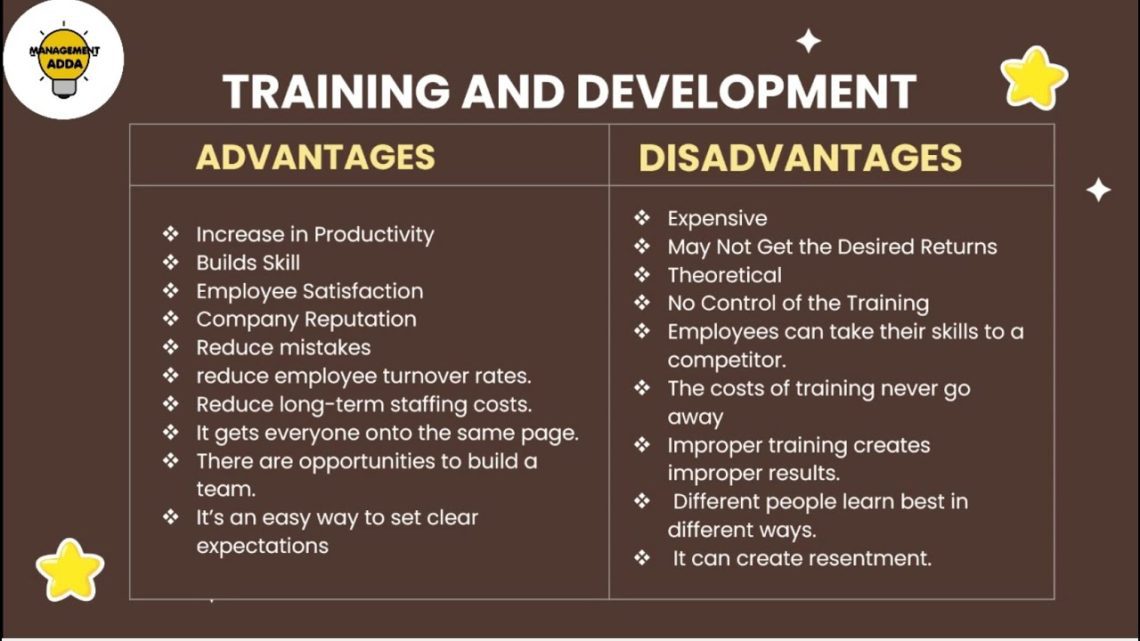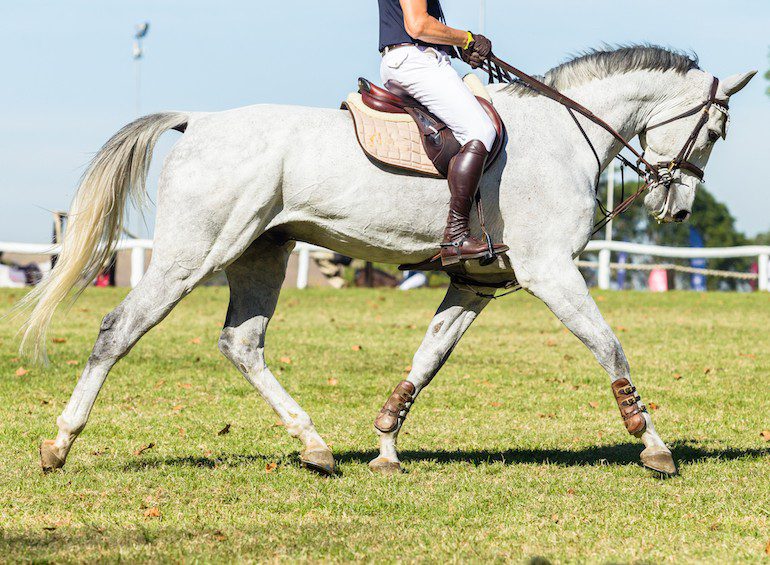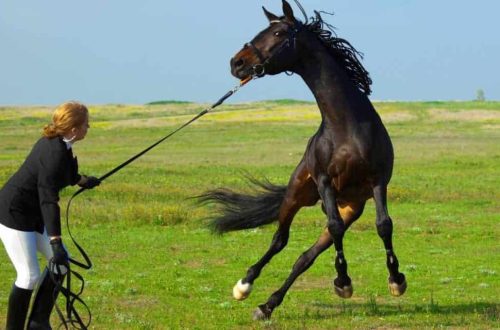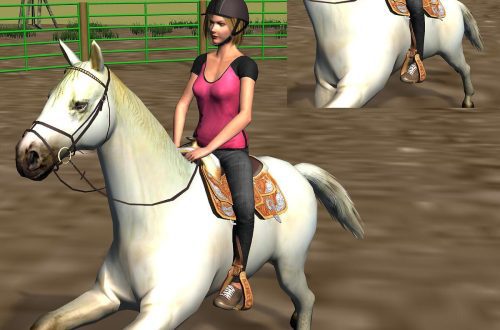
Pros and cons of training in the fields

Photo credit: Bigstock.com./ChrisVanLennepPhoto
My stable is not overly posh, but it is functional. I have large safe stalls for my horses, a good wide ventilated passageway and two great places to saddle right next to the pit. Levadas are big and good fortified. My husband made me several barriers. However, I do not have a well-maintained riding area with a fence and soil. Instead, I work across an open grass field.
This is not new to me – for about half of my riding career I did not have an arena. When I first came to the Dorothy C rowell stables there was no ground and we worked and jumped horses in a 20-30m diameter area between the hills. We jumped over the ridges and slopes of the hills. If you have learned to manage with small things, then when you arrive at the tournament, you will appreciate the flat area!
For the past few years I have only worked horses in fields, levadas and forest paths. In Ocala, riding in the field is actually quite pleasant – the natural ground is quite flat and dense (until you knock out all the grass). Some consider such work to be a disadvantage, but I know that off-site riding has been beneficial for me and my horses.
Straightness
I always get 7’s and 8’s for the center lines, with good straightness marks. Why? Because when you don’t have an arena, every line is a center line. There is no fence or low railing to lean on – you have to use both feet and both reins to go straight. I use distant visual markers – a tree, a telephone pole, a fence post – and drive straight towards it. Without a fence, there is no “crutch” for my external controls to rely on, and the horse also has nothing to snuggle up against. So we both have to learn to be straight on our own, in every move, on every line every day.
When I reach in, there is no wall to keep my outside shoulder straight – I have to use my outside leg and rein. With young, inexperienced horses, it’s hard to develop that straightness… I’m fighting a squirming worm that doesn’t handle very well, has no idea what we’re doing, that constantly pulls home, and oh my god, I wish I had a real arena a few days! But after enduring this for a few months, I end up with a much better horse in the long run. Trust me…when I see 8 points for easy changes and center lines (“very straight!”), I know I did everything right.
Freedom: no limited space.
Although I sometimes miss the enclosed arena, the open space has a big plus – there is always a lot of space. When I have to work with youngsters only after the race, I understand that they had to run on a circle of 20 meters. I have a 40m+, I can do gentle turns, teach them bends and gradually help them gain strength and coordination in small spaces. This is very useful for and for learning to counter-canter. The lack of guardrail also means that I can turn in any direction, anywhere, anytime; if the horse struggles to keep the lead, I can circle in the other direction and keep my balance. I can do loops and serpentines where I like, I have the freedom of choice to tailor my riding to my horse’s needs. There is not a single line “across the diagonal” – my diagonal could be anywhere in the 5-acre field, and I can repeat the move again without going through the short wall. I can train transitions anywhere my horse feels balanced and ready, with no specific letter or space in the marked box. It is more important for the horse to be trained to make the right transition (balanced, straight, smooth) than to make it in a certain place.
Challenge makes life easier
Of course, there are difficulties when working in open areas. It is possible that without walls your horse will be “hotter” than usual. It may take a lot more half-halts, circles and mind-blowing lateral movements to keep the horse focused and in control. It’s easy for you to get frustrated as a rider (“he won’t listen!”), but try to appreciate the challenge instead. Find ways to get your horse to pay attention to you with more transitions, and most importantly, keep your emotions under control.
Resist the urge to take the reins hard if the horse pushes harder. Use your weight, body and voice. The horse must learn to work in any environment, regardless of the fence. Don’t expect sudden progress, but be consistent and persistent. Most horses adjust to a new job site within a week or two; and a regular change of scenery (moving from field to field) will help you both adjust. It will be easier for you to perform in new places. After all, many warm-up areas are just an open field…
Cons: Accuracy suffers
The downside to all fence work is that you may notice some accuracy errors in your ride. Without letters, volts are hard to get right, so you can forget what 10, 15, and 20 meters looks like. What’s more, in a small dressage area, you may feel like the corners are approaching extremely quickly. Before the next tournament, set up some cones to make the court about 20×40 – this will help practice the angle or remember the correct size of the volt. Another trick is to find a tuft of grass, a post, or something visual and force yourself to transition on that marker.
Yes, it’s true that I dream of a 100×200 prepared area with good soil. I wouldn’t want to lose spikes every week. But riding in the open field has definitely helped me and my horses in so many ways. This made my horses more correct and, in the end, more well-trained and competitive. It taught me to ride straight out of habit and instinct, requiring less conscious control. My horses have become stronger by training on small slopes and hills. I encourage you to get out of your normal work area and see how much more you can do. It won’t happen in a day or a week, but over time you will find that riding out of the arena will make you and your horse better.
Source: eventingconnect.today





